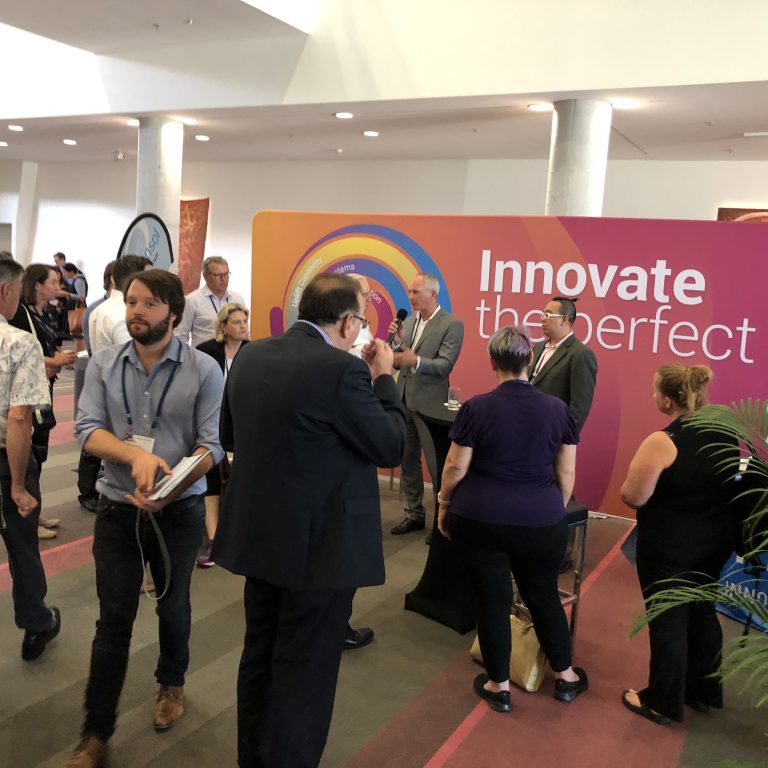Radical approaches to transformation a must. Current methods don’t cut it.
Our world is changing and being disrupted at a rate that is faster than anything we’ve ever seen before. Disruptive government changes (think Brexit, Trump), new business models (think Uber, AirBnB) and science-fiction-like technology (think autonomous cars)! For starters, reading this article from a historical and anthropological perspective is scary! To say the least. At a cosmic scale, I can’t begin to imagine how #Brexit and #Trump will be impacting our lives. But impact they will! At the very least, we know that many government processes, policies and structures will change or are already changing. We know that any businesses directly dependent on or related to these governments will be or are already impacted by this change.
So, those were disruptive changes at a government level, what about technology? Do you know that a Kickstarter or Indiegogo project is being created at a rate of almost one a day? Inventors are using these mediums to crowdfund their ideas. And every so often, a brilliant one emerges! Can you imagine a world with smart glasses that has bone induction audio and Bluetooth capabilities? How does that change the way your staff or customers interact with your organisation? Would it? Should it?
Whether we like it or not, these examples show that the world is changing at a rate that is faster than any improvement or transformation initiative you can throw at it. Every C-level executive is faced with needing to come up with an “Innovation Strategy” to “combat” this change – as a knee-jerk reaction. Does it work? The thing is, change is an outcome of innovation, not the other way around and so the point is not just to have a plan and execute it, but to have the means to embed a continuously changing and innovating culture. A plan to keep changing!
I recently “tested” the reception of this MBT approach at the recent IIBA conference in Brisbane, I challenged the delegates to radically rethink how we approach solutions that lead to change. (Here are the slides if keen). As a summary, here are just some key points to think about:
- Improvement is not Transformation – Beware of the wolf in sheep’s clothing. A quickly put together strategy with a label “Innovation” or “Transformation” doesn’t mean it is one. There are too many Improvement Strategies pretending to be Transformation Strategies. For example, doing traditional BPM is NOT doing Transformation.
- Transformation should not be a once-off 3-5 year plan – How are you so sure that the world, its people and technology stays the same and predictable in the next 12 months?! A good modern plan should include the “meta-strategy”. That is a plan on how transformation can be a continuous and ongoing thing. How can I continuously transform? How can I pivot and flex my organisation according to external and internal changes and keep pace?
- Transformation without Innovation is dangerous – You can either lead the pack or follow. Reacting to external demands to transform, without having an ongoing innovation strategy embedded in transformation is a recipe for disaster. Followers tend to survive for a while, but slowly wither and die off in this climate of change. Simply placing a bunch of people in a room occasionally to “brainstorm” is not having an sustainable innovation strategy. It needs to be part of the plan. It needs to be part of the meta-strategy – the Continuous Transformation plan.
- Innovation is a cultural concept – It takes a village to raise a child. It also takes a “village” to continuously transform and innovate. It’s not about one person’s vision only, it’s not even about buying the smartest technology out there. You need to have a plan to cultivate an innovation culture. Within this plan, the ability to operationalise this innovations that will come from your “villagers”.
- Technology must be part of transformation – We live in a world where we no longer have time to “think about it” before we “do”. We must think about it and do it at the same time. Design thinking, ideation, rapid prototyping, Agile, rapid application development platforms, are all tools and techniques that need to be considered when planning to continually transform. You need to start looking at technologies that can flex the same way your organisation flexes and bend and pivot at thespeed your organisation demands. According to Gartner, a good iBPMS Platform is a good place to start looking.
In the talk, I further predicted that Business Analysts (BA), Accountants and Project Managers will be obsolete roles within the next decade. Instead, these roles would be morphed into something else. BA’s would become analyst developers, Accountants would become IT auditors, Project Managers would become SCRUM Masters.
Change at radical speeds demands a radical rethink of how we do things at an enterprise level. Were you ready for Brexit? Are you ready for what may come under the Trump government? Or perhaps you could just do the same thing you’ve been doing for the last 20 years, maybe throw more money at it and hope for the best?
About the Author
Mervin Chiang
CTIO, Procensol
As Procensol’s Chief Technology and Innovation Officer Mervin brings more than a decade of experience in strategic thinking, software, systems and process-centric design for business transformation. Mervin is responsible for Procensol’s global consulting services and product portfolio. He is also responsible for global marketing and driving growth within the Asia Pacific region. Originally from Singapore and now based in Brisbane Australia, Mervin has held positions ranging from strategic BPM consulting, channel management to vendor product sales.
Related Posts

Innovation-as-Usual
“Nobody gets excited if you elaborate on what’s broken…” Professor Michael Rosemann joins us on the Procensol and MBT booth at BiiG 2017 to discuss…
Read More
Change: Overdone short-term & underdone long-term?
The title is an adapted version of Bill Gates’ now famous quote “We always overestimate the change that will occur in the next two years…
Read More

